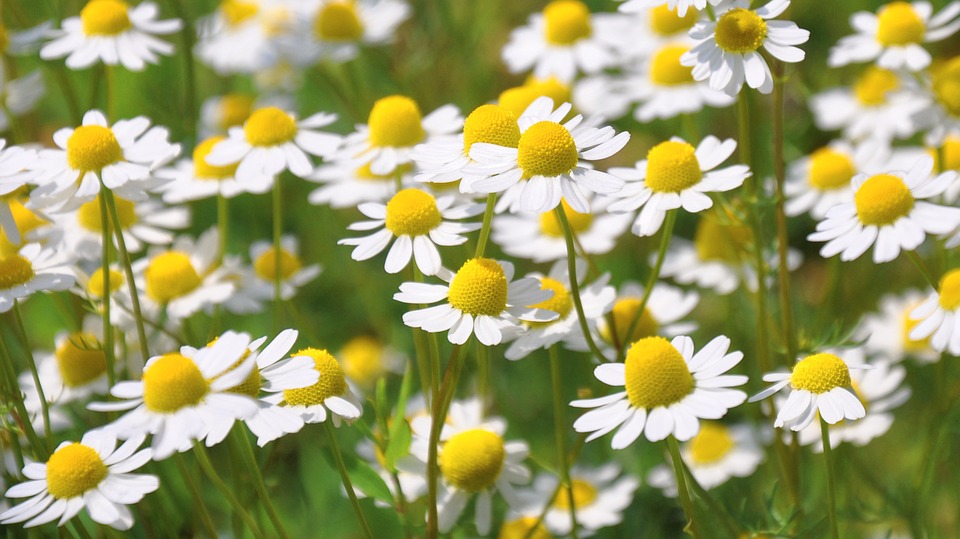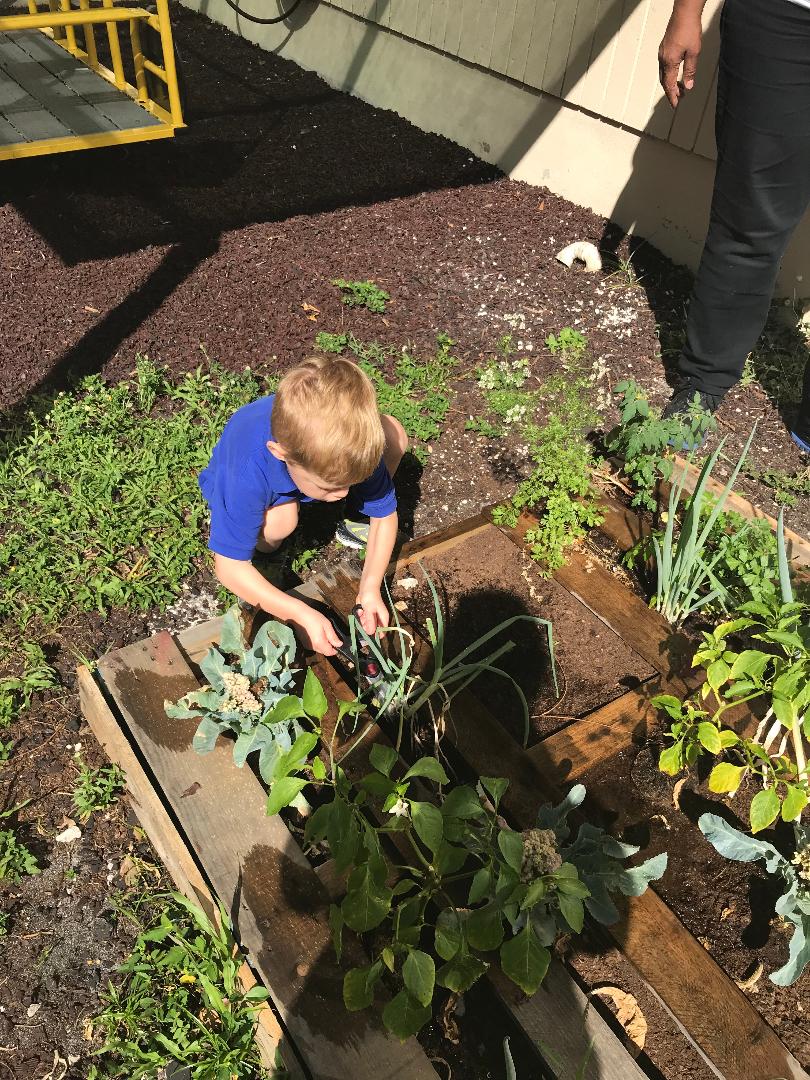Regenerative is the new sustainable. This type of farming takes a clear approach to agriculture in that it’s not just about sustaining the land in its current state, it’s about bringing it back to its original, vibrant state, creating greater biodiversity, more nutrients, stronger soils, and healthier food.
In two of my recent The Doctor’s Farmacy podcasts, episode four with Ryland Engelhart and episode five with Miriam Horn, we discussed the importance of regenerative farming and how it plays such a vital role in environmental health, as well as the health of our food supply and, subsequently, our bodies. 
To elaborate further, regenerative farming encompasses numerous practices that benefit the soil in which crops are being farmed. It’s about being minimally invasive and supporting natural symbiotic relationships, so that bacteria in the soil, grazing cattle, and everything in between, are working together as they were meant to.
One key distinction of regenerative agriculture is the lack of tilling. No-till farming, as it’s called, helps to stop the erosion and runoff of topsoil, a processthat has been shown to occur faster than it can be rebuilt. In some places, it could even take up to 850 years just for one inch of topsoil to form. Stripped and eroded land produces less nutritious foods, produces less overall yield, and will eventually become barren and desolate, reducing the world’s total amount of arable land. And though that’s scary, studies have shown no-till farming methods can decrease soil erosion by more than 90%. It’s obvious—we don’t have time to lose when it comes to taking care of our soil, and this focus on revitalizing old farming methods could be our food supply’s—and our microbiome’s—saving grace.
Another aspect of regenerative farming is the use of cover crops and native grazing animals. This means that after a field is harvested, nutrient dense cover crops are planted and left until the following summer. Cattle then graze on the cover crops, fertilizing the land as they go, and the roots of destroyed plants decompose and further enrich the soil.
This accumulation of organic matter feeds beneficial microbes and fungi, retains more water and becomes more drought tolerant, and results in darker, healthier, more productive soil.
These agricultural processes have another major benefit—carbon sequestration. As plants and other organisms grow and decompose, they suck carbon into the soil. This is a win-win, it helps to fight the negative environmental effects of excess carbon emissions and produces more fertile soil. It also means fertilizer becomes much less necessary.
You might be wondering why I’m diving so deep into dirt. It’s because this is where our food starts, and without healthy soil we can’t have healthy bodies. Without healthy soil we are in big trouble. The bacteria and fungi present in fertile soil digest nutrients and protect plants from pathogens and other dangers, playing a role very similar to the bacteria we rely on for a healthy gut and immune system.
Research is now finding a link between soil rich in good microbes and human health; greater exposure to microbe-rich soils has been correlated to greater diversity in the gut and the protective health effects that come with those good bacteria.
My takeaway from all of this fascinating information about regenerative farming is that soil matters, and the farmers who are practicing these methods need our support. Go to your local farmers’ markets, talk to nearby growers, and encourage them to continue to take care of our land. Support them, and your health, by buying foods grown in nutrient-dense soil that will continue to thrive, so that we’ll have healthy food for many generations to come.
Wishing you health and happiness,
Mark Hyman, MD | 





